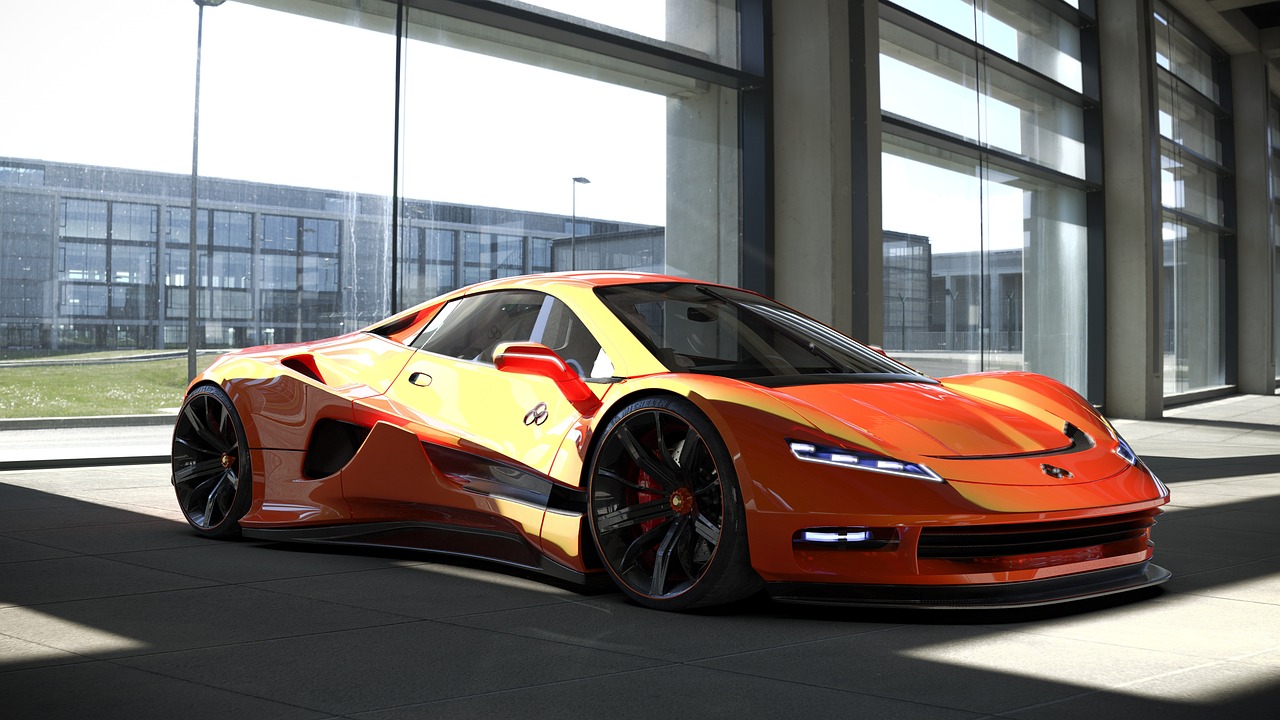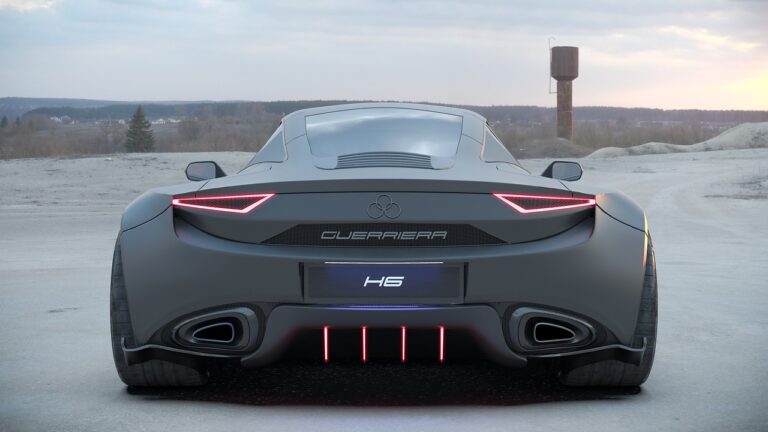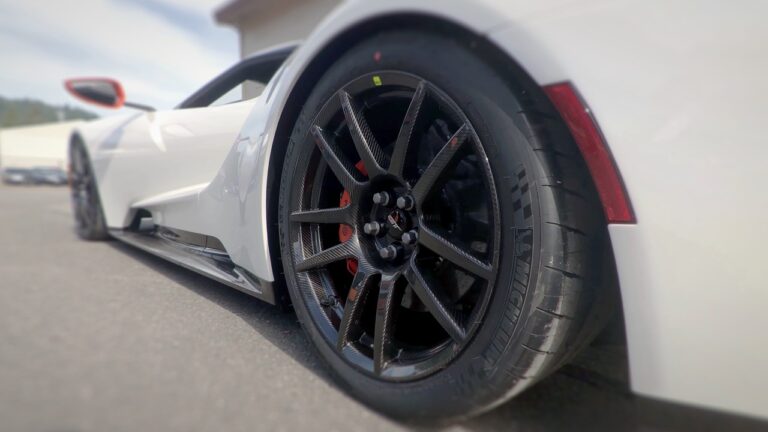Exploring the Design and Functionality of Concept Cars
Concept cars are innovative and futuristic vehicle prototypes that represent the creative vision of car manufacturers. These concept vehicles are designed to showcase advanced technologies, unique designs, and cutting-edge features that may or may not make it to production models. They serve as a platform for car designers and engineers to push the boundaries of creativity and explore new possibilities in automotive design.
One of the main purposes of concept cars is to generate excitement and interest in a brand or a particular model. By presenting these avant-garde prototypes at auto shows and exhibitions, car companies can gauge public reaction and feedback on the design, features, and technology showcased in the concept vehicles. This feedback can influence the direction of future production models and help shape the design language and innovation strategy of the brand.
History of Concept Cars
Concept cars have a rich history dating back to the early 1930s when manufacturers started to showcase futuristic designs and innovative technologies to captivate the audience at auto shows. These groundbreaking prototypes were not intended for production but served as a platform for automakers to experiment with new styling cues and engineering concepts. Throughout the decades, concept cars have evolved to become integral in shaping the future of automotive design and technology.
One of the most iconic concept cars in history is the General Motors Firebird series, introduced in the 1950s and 1960s. These visionary vehicles featured radical aerodynamic designs and experimental features such as gas turbine engines and autonomous driving systems, setting the stage for future advancements in the automotive industry. The Firebird series showcased the importance of pushing boundaries and thinking outside the box when it comes to designing cars that not only look appealing but also embody cutting-edge technology.
What is a concept car?
A concept car is a prototype vehicle made to showcase new design elements, technologies, or ideas. These cars are often created by automakers to generate excitement and gauge public interest in potential future models.
How long have concept cars been around?
Concept cars have been around since the early 1930s, with automakers using them to experiment with new designs and technologies. They have since become a staple in the automotive industry.
What is the purpose of concept cars?
The main purpose of concept cars is to showcase innovative ideas and design concepts that may or may not be incorporated into future production vehicles. They also allow automakers to test public reaction to new features and designs.
Are concept cars ever put into production?
Some concept cars do make it into production, either in their original form or with some modifications. However, many concept cars are purely for show and never intended for mass production.
Can anyone buy a concept car?
Concept cars are typically not available for sale to the general public. They are often displayed at auto shows or used for promotional purposes by automakers.





